Related Research Articles

The Malankara Orthodox Syrian Church (MOSC) also known as the Indian Orthodox Church (IOC) or simply as the Malankara Church, is an autocephalous Oriental Orthodox church headquartered in Devalokam, near Kottayam, India. It serves India's Saint Thomas Christian population. According to tradition, these communities originated in the missions of Thomas the Apostle in the 1st century. It employs the Malankara Rite, an Indian form of the West Syriac liturgical rite.

The Malankara Metropolitan or the Metropolitan of Malabar is an ecclesiastical title given to the head of the Malankara Orthodox Church. It evolved from the title of the sixteenth century East Syriac metropolitans of India who were also styled the Metropolitan of Malabar. Since the division among the Saint Thomas Christians following the Synod of Diamper, the title has been mostly employed in association with the West Syriac branch of the community, usually known as the Malankara Church, among whom the office of the Malankara Metropolitan became the continuation of the local dynastic Archdeaconate.

Mathews Mar Athanasius Mar Thoma XIII was the Malankara Metropolitan of the Malankara Church from 1852 until 1865. As a reformer, he spent most of his reign attempting to reform and heal rifts within the church. However in 1865, he was deposed by the traditionalist faction of the Malankara Church and Pulikkottil Joseph Dionysius became their leader.

The Malabar Independent Syrian Church (MISC), also known as the Thozhiyur Church, is a Christian church centred in Kerala, India. It is one of the churches of the Saint Thomas Christian community, which traces its origins to the evangelical activity of Thomas the Apostle in the 1st century.

Joseph Mar Thoma XXI was the 21st Mar Thoma Metropolitan and the church’s primate.
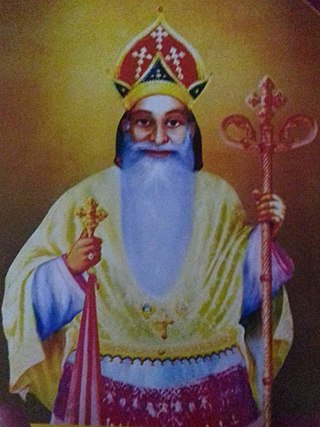
Mar Thoma III was the third metropolitan bishop who was the 3rd Metropolitan of the Malankara Church in India for a brief period from 1686 to 1688.
Mar Thoma V was the 5th Malankara Metropolitan who served puthenkoor from 1728 to 8 May 1765. He was born as Ousep to the Pallippuram branch of the Pakalomattom family, situated in Andoor, Marangattupilly, where his father served as administration chief of Vadakkumkur Kings. He was ordained in 1728 and served as Malankara Metropolitan for 37 years until his death on May 8, 1765. His final resting place is Niranam St. Mary’s Church. His tenure faced numerous challenges and conflicts with bishops sent from the Syriac Orthodox Patriarchate in Antioch, resulting in some of these Syriac bishops being banished from the country and forced to return.
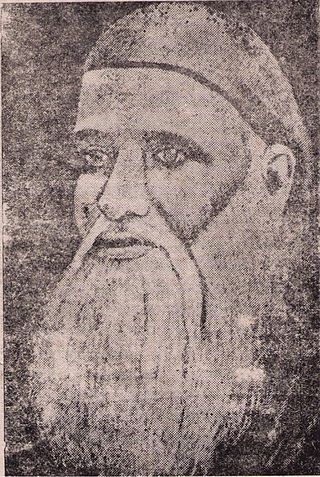
Palakunnathu Abraham Malpan, was an Indian cleric and theologian known for the Reformation movement within the Malankara Church during the 19th century. He was born in the ancient Syrian Christian Palakunnathu family which practiced West Syriac Rite Oriental Orthodoxy after the Coonan Cross Oath of 1653.

Abraham Mar Thoma XVII was the Metropolitan of the Malankara Mar Thoma Syrian Church from 1944 to 1947. He was called Maret Kochu Thirumeni by his people. Among the bishops of Malankara Churches Including Malankara Mar Thoma Syrian Church, Abraham Mar Thoma was the first to earn a Doctoral degree.

Titus II Mar Thoma XVI was the Metropolitan of the Malankara Mar Thoma Syrian Church with its center in Kerala state in south-western India. He was known as Thithoos Dwitheeyan Mar Thoma Metropolitan among his people.

Titus I Mar Thoma XV, better known as Thithos Mar Thoma Metropolitan, was the second Mar Thoma Metropolitan (1893–1909) after the Malankara Church split as the Orthodox and reformist factions.
Mar Thoma VII was a Bishop of the Malankara Church from 1796 and the 7th Malankara Metropolitan from April 1808 to July 1809. Born in Pakalomattom family in Kurichithanam, Pala, he was well known as an efficient administrator, deeply religious but was a quiet and reserved person. During his time, a difficult period in the history of Travancore State, the church was able to help Travancore government by depositing an amount as fixed deposit, which came to be known as Vattipanam.
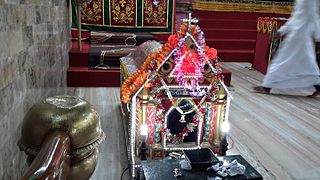
Mar Thoma IX was the ninth Metropolitan of the Malankara Church in Kerala, India for a brief period in 1816. That year, he was consecrated Metropolitan by Mar Thoma VIII, but soon after his ordination he was dethroned by Pulikkottil Joseph who was appointed by the then British resident Colonel John Munroe.
Mar Thoma VIII was the 8th Metropolitan of the Malankara Church in Kerala, India from 1809 to 1816. He was a man of vision. It was during his time Malankara church opened the first formal educational institution, in Kerala. With the opening of Kottayam Suryani Seminary, modern education dawned in Kerala.
Mar Dionysius II, born Pulikkottil Joseph Ittoop was 10th Malankara Metropolitan for nine months until his death on 24 November 1816. He dethroned Mar Thoma IX and succeeded him by the favour of Col.John Munroe, then British Resident of Travancore. Despite the brevity of his reign he made lasting contributions to the Malankara Orthodox Syrian Church.
Mar Thoma IV was the 4th Malankara Metropolitan of the Malankara Church in India, serving from 1688–1728. During his tenure, the church was subject to a number of persecutions.
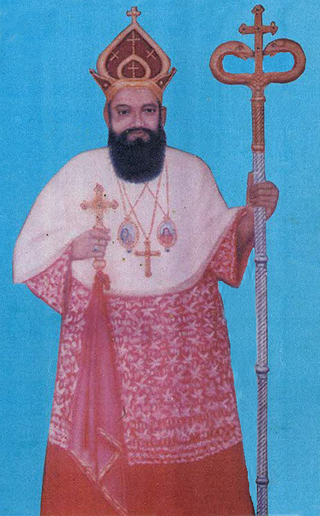
Mar Dionysius III, also known as Punnathra Mar Dionysius and born Kurien was 11th Malankara Metropolitan and Successor to the Holy Apostolic Throne of St.Thomas from 1817 until his death. Dionysius had a long career in the Malankara Church prior to his consecration as Metropolitan. It was his suggestion during the time of Mar Thoma IX to establish the Syrian seminary at Kottayam, Kerala's first educational institution. He also welcomed some of the first missionary teachers who arrived from England to teach in the seminary. In 1816, following the demise of Mar Dionysius II, who had not appointed a successor, Kurien was elected to succeed him as the Malankara Metropolitan by the general assembly of the Church and was ordained as bishop by Geevarghese Mar Philexenos II of the Malabar Independent Syrian Church.
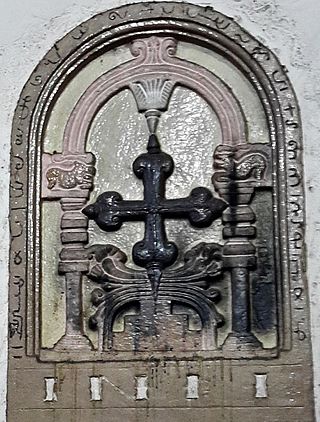
The Malankara Church, also known as Puthenkur, is the unified body of Saint Thomas Christians using the West Syriac Rite who claim origins from the missions of Thomas the Apostle. This community, under the leadership of Thoma I, opposed the Padroado Jesuits as well as the Propaganda Carmelites following the Coonan Cross Oath of 1653, which was taken to resist Western Catholic influences.

Mar Thoma Metropolitan is the title which is given to the Supreme Head of the Malankara Mar Thoma Syrian Church. The Malankara Church was split into different factions over the years. However the Supreme Head of the Malankara Mar Thoma Syrian Church uses the title of Mar Thoma Metropolitan upholding the autonomous character of the Malankara Mar Thoma Syrian Church. The current Mar Thoma Metropolitan of The Holy Apostolic Throne of St Thomas is Dr Theodosius Mar Thoma
References
- Neill, Stephen (2002). A History of Christianity in India: 1707–1858, Volume 2. Cambridge University Press. ISBN 0-521-89332-1 . Retrieved 24 October 2011.
- Vadakkekara, Benedict (2007). Origin of Christianity in India: a Historiographical Critique. Media House Delhi.